Flawless
This refers to how many flaws or inclusions (i.e., tiny imperfections) are present in your diamond; the fewer the better. A flawless stone is considered ideal because it has no visible marks or blemishes on the surface, but it can be extremely expensive and hard to find.
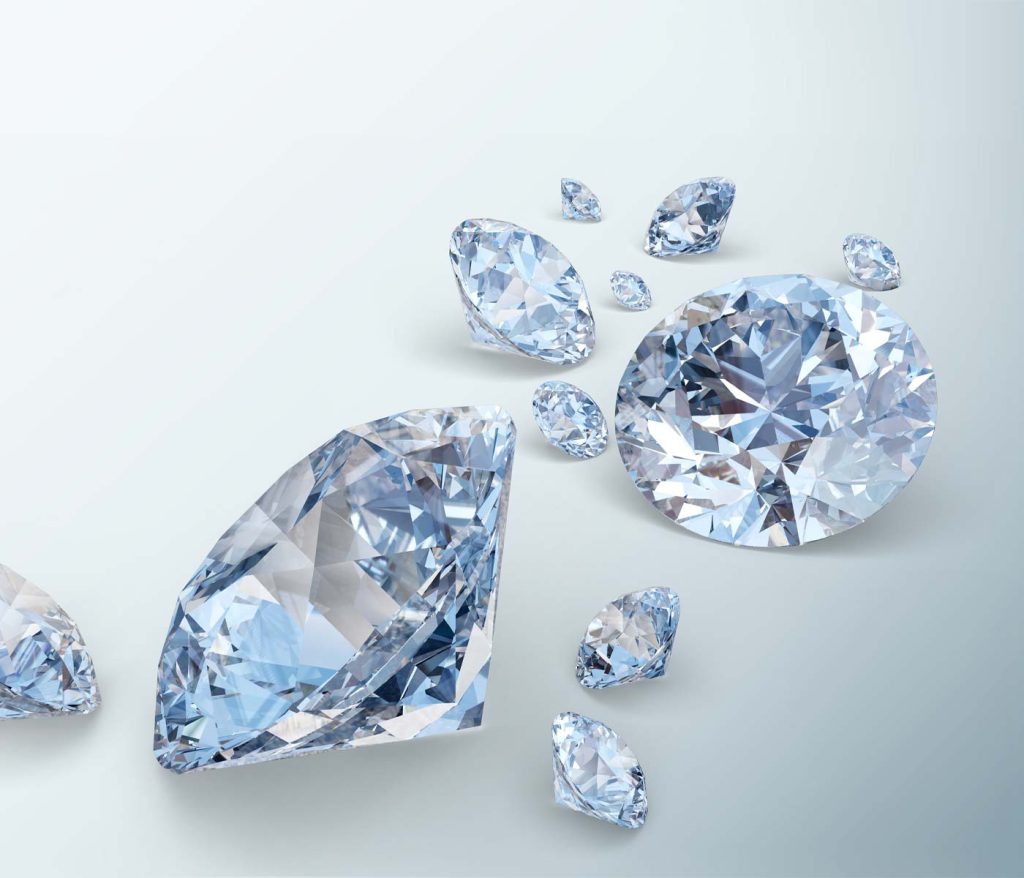
A diamond, it is nature at it’s finest
Diamonds have internal features called inclusions, and surface irregularities called blemishes. The clarity characteristic of a diamond is determined by the relative absence of inclusions and blemishes.
The Federal Trade Commission guidelines prohibit use of the term “flawless” or “perfect” to describe any diamond that doesn’t fit the description. Diamond clarity characteristics are defined as follows:
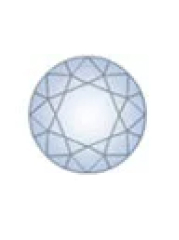
Flawless
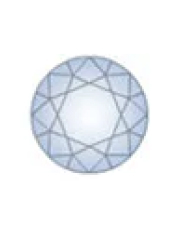
Internally Flawless
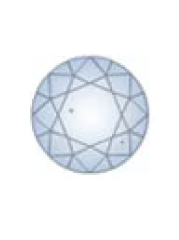
Very Very Slightly Included
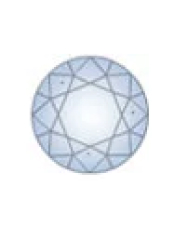
Very Slightly Included
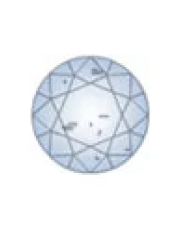
Slightly Included
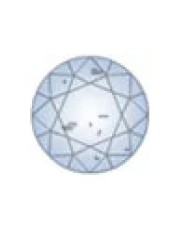
Imperfect Eye-visible
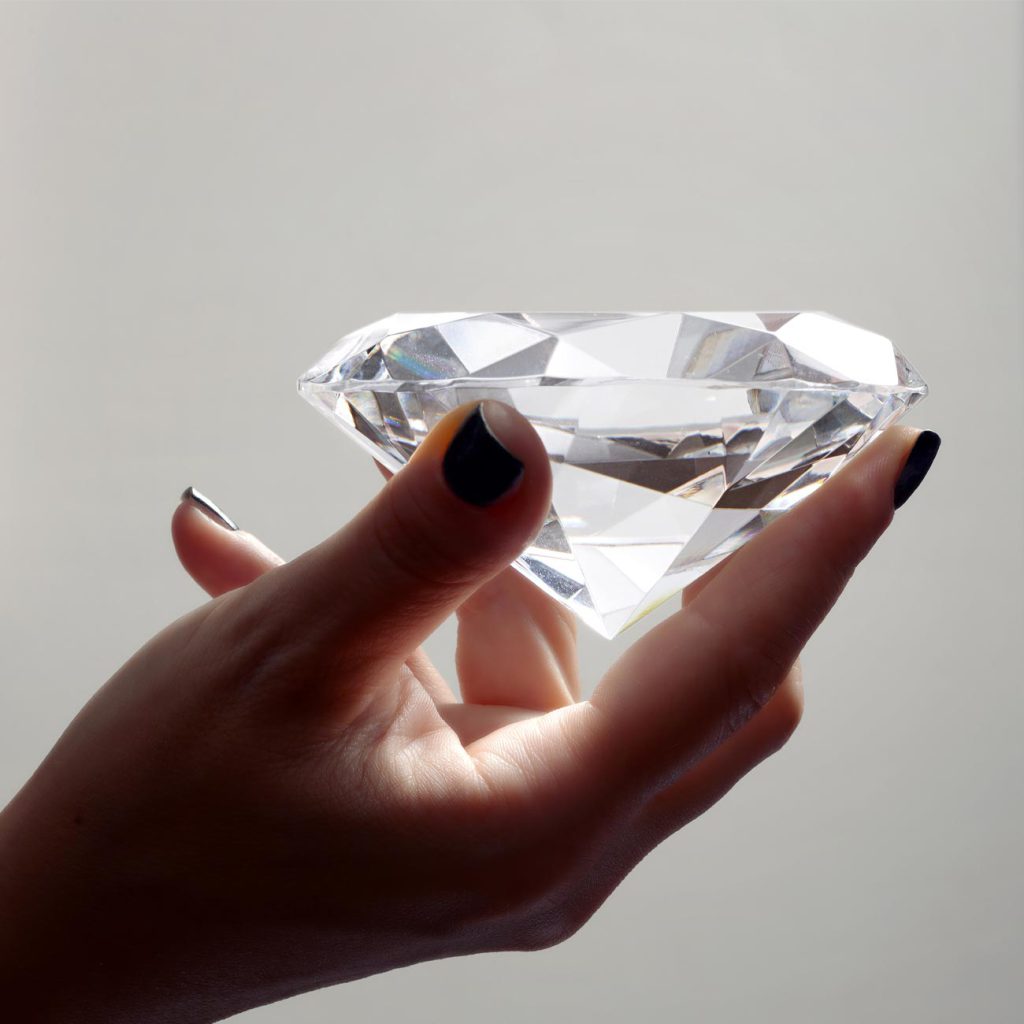
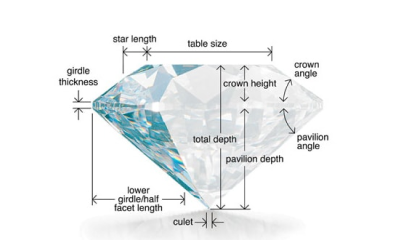
The quality of a round brilliant cut has to do with the way light enters and exits the stone. A well-cut diamond will reflect light more than any other type of shape (square, oval, pear and so on).

The colour scale used for describing different types of diamonds goes from D through Z when referring specifically to white coloured stones (colourless), but actually ranges all colours from blueish…
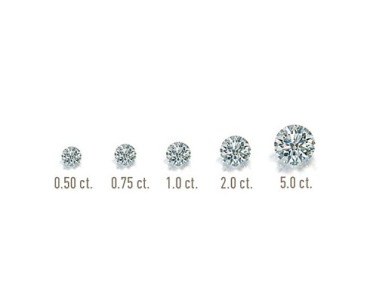
(the size of your stone) is perhaps the most well-known “C” in diamond buying terms. The bigger your stone is, the more expensive it will be—and big stones can add up quickly.